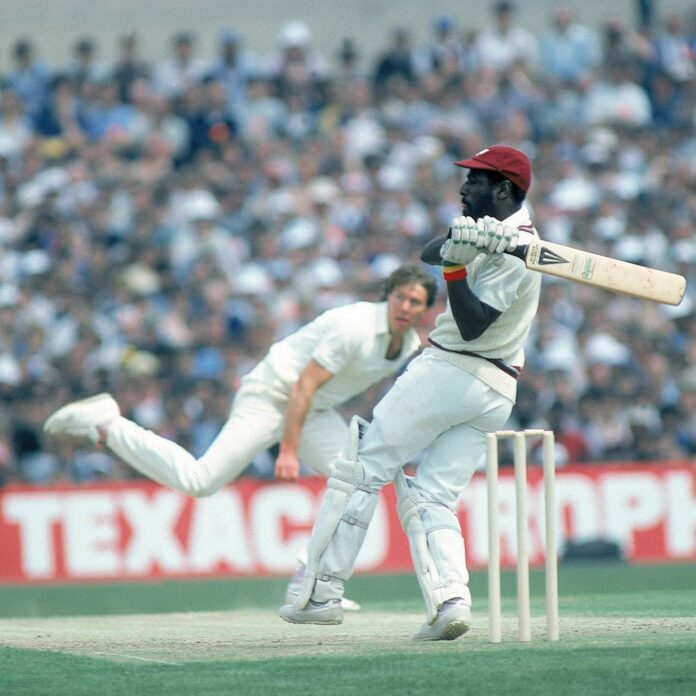The Lord’s Test has raised the age-old debate that once plagued cricket and for which rules were changed twice, as both Australia and England have adopted a bouncer-barrage at times for hours on end. Does bowling bouncers consistently makes for tedious watching, with over-rates suffering as well, or does it make for a thrilling contest that tests the batsmen? The laws were first changed in 1933 to allow umpires to intervene to prohibit intimidating bowling, and then in 1994 they reduced the number of bouncers—defined as objects that are higher than shoulder height—to two each over.

When England began to replicate Australia’s bumper attack tactic on Saturday at midday in London, Australia’s former captain Mark Taylor questioned whether the umpires need to start taking action and no-balling the bouncers.
How many bouncers can you bowl in an over if a batsman doesn’t play a shot? What will happen if both teams continue to use this bumper strategy, which they will do for the remainder of the series? Early in the 1990s, there was just one bouncer allowed every game; by the mid-1990s, there were two bouncers. But the previous bowling rule of intimidation is still in effect. The umpire may still call it if he feels it. Australia will bowl it, and it will remain the same. Even if it’s not exactly shoulder high, if you keep bowling the same length, it’s intimidating. that’s going to put a lot of pressure on the umpires, who can declare, “I’m going to call it ‘no-ball’,” Taylor
Despite being “legal” and “effective,” the approach was boring to watch, according to former England captain Andrew Strauss. “I find it boring to watch. I find it a little tiresome. somewhat predictable. Before he bowls the ball, you know where the fielders will be and where the ball will end up. You are merely watching what the batsman will do. To me, it seems a little two-dimensional. However, that does not imply that it is ineffective. There is nothing wrong with their strategy; you should try whatever that works, Strauss advised.
Mark Taylor would comment on how it was something reminiscent of the 1970s and 1980s, when West Indian pacers were at their peak. “You could fight off an hour’s worth of bouncer attacks and only score 15 runs. Then, the laws were altered.
Michael Holding, a crucial fast bowler for that West Indian side and one of the quickest bowlers in cricket history, provided The Indian Express with a different perspective on the matter.
I can understand both points of view. It does work, but it can also get a little monotonous. However, their main goal is to find a way to triumph in a Test match. I don’t have any issues with it because, in my opinion, it is legal and doesn’t violate the rules of the game. Holding advised The Indian Express not to intervene with such rule modifications. And by the way, we never bowled bouncers for this long during my time with the West Indies. 98% of the bowling throughout this Lord’s Test at one time was short-pitched. Never did we do it. Its hypocrisy is obvious.
The cricketing world erupted when West Indies began to bounce out the batters while bowling with four quick bowlers. Do you believe there will now be a significant uproar regarding this strategy? I have my doubts. It’s not the West Indies playing; it’s England and Australia.”
Is bowling intimidating? “What? with bowling at a Mickey Mouse pace of at least 70 mph, like England did? That can’t be intimidating, right? saying Holding. “And that’s why they put everything into it at shoulder height. They also have a fielding restriction that states that there can only be two fielders on the leg side, behind the stumps. Additionally, it is a very risky strategy to enable the umpires to intervene when the balls are below shoulder height.








































